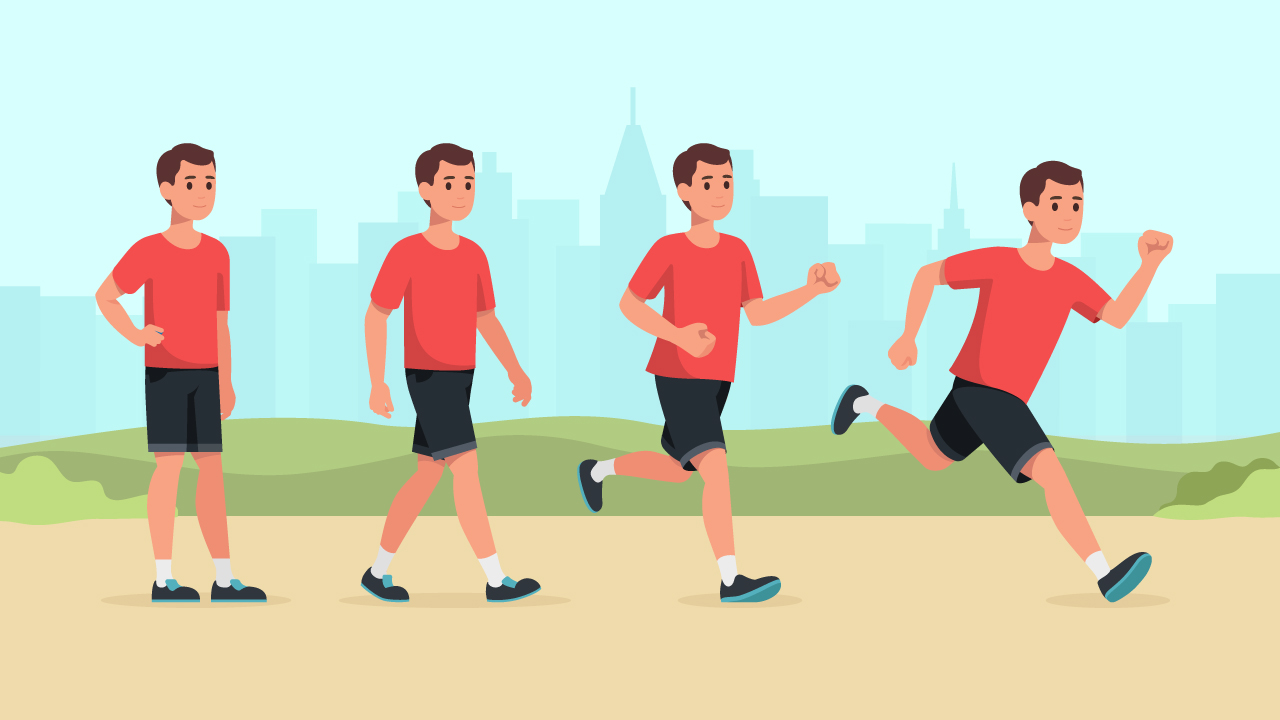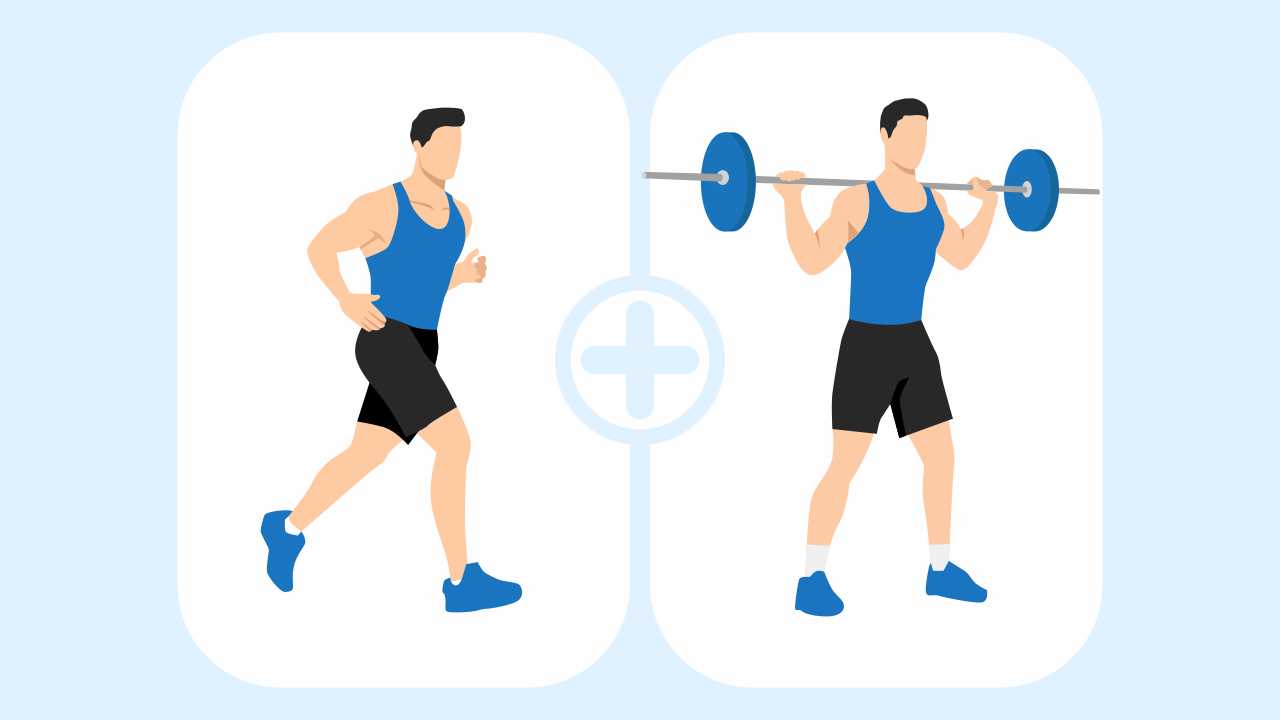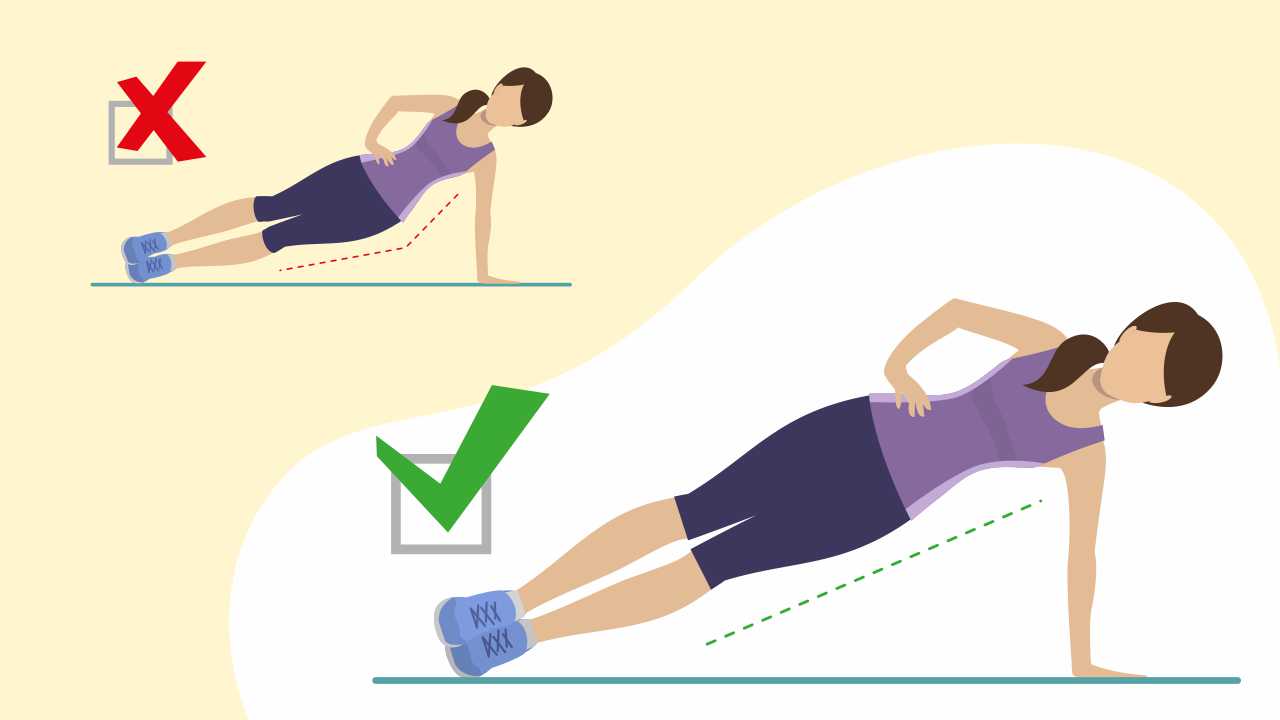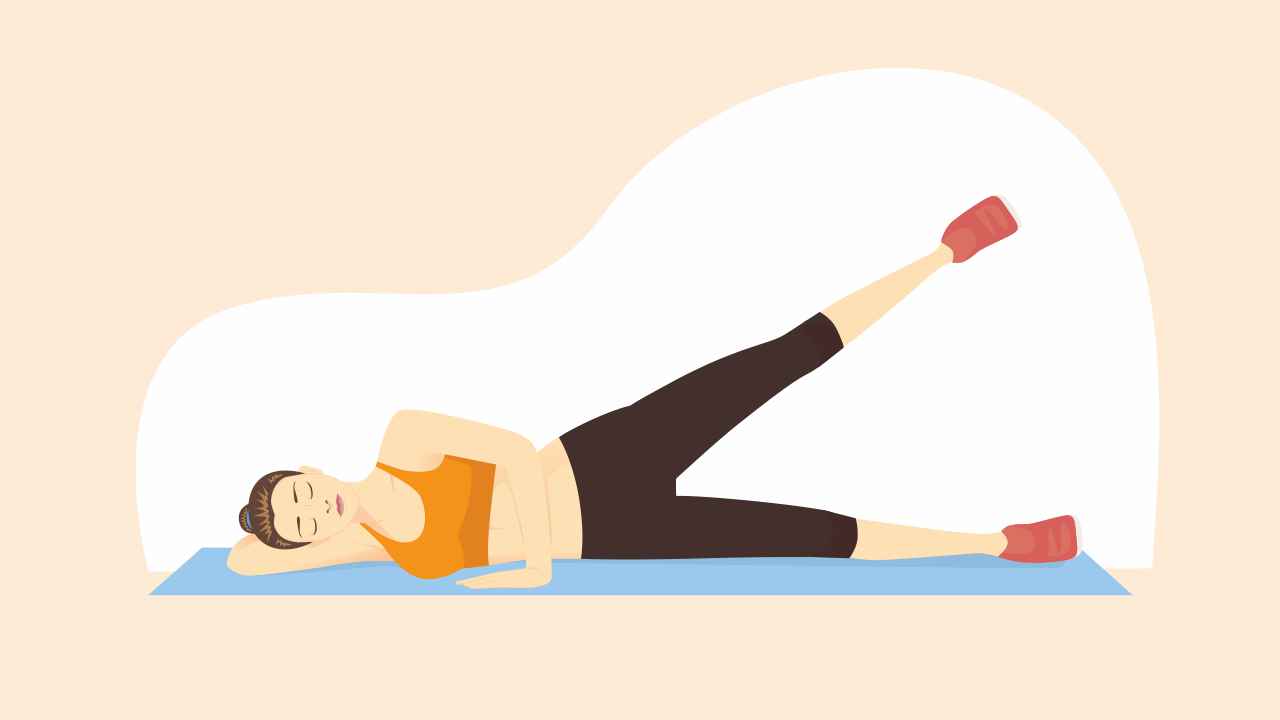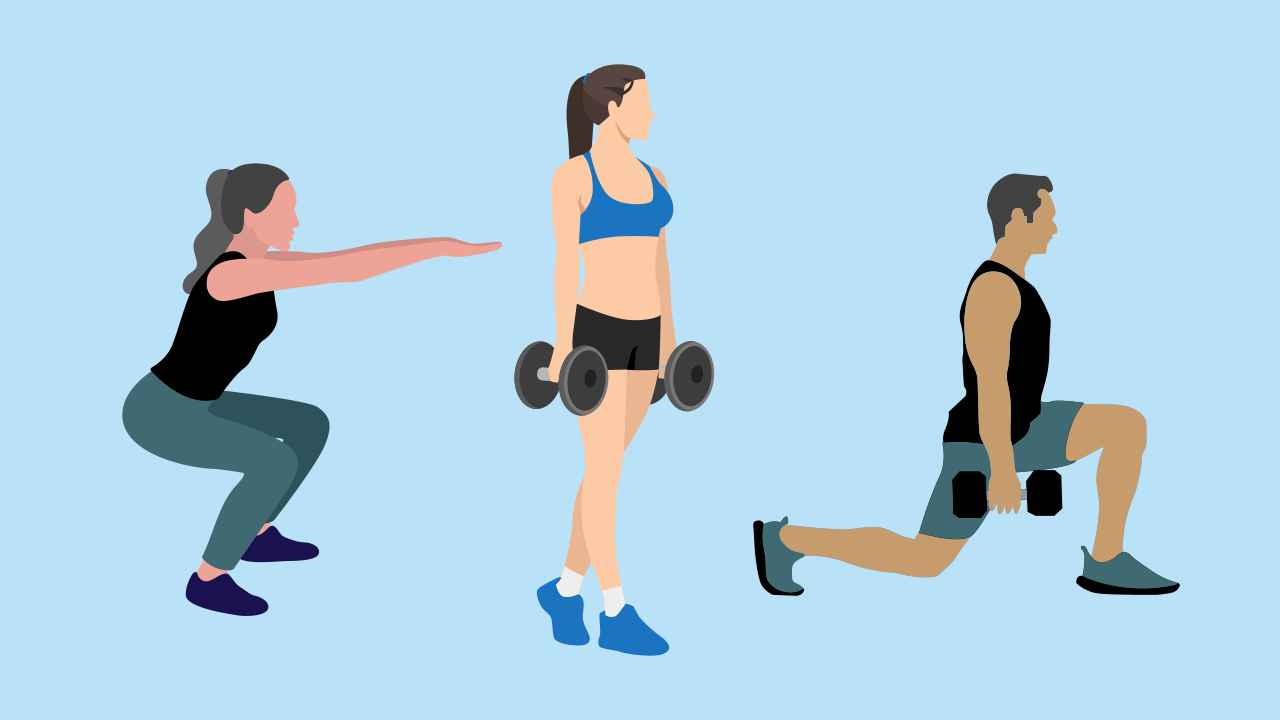
Sedentary Lifestyle: The Price You Pay for Staying in That Couch

Why do you choose to stay glued to your television and mobile phone while lying in your bed? Why have you forgotten that your body is meant to move, jump, climb, lift, run, and do other extraordinary things?
Prolonged sitting or living a sedentary lifestyle has been linked to various musculoskeletal complications, such as neck pain, lower back pain, and cervical spondylosis. It is also associated with an increased risk of chronic conditions such as cardiovascular diseases, obesity, hypertension, metabolic syndrome, type-2 diabetes, arthritis, cancer, and depression. These complications not only lead to significant medical expenses, but result in lost working days as well.
What is being sedentary?
Metabolic equivalent (METs) is used to estimate how much energy is expended in doing an activity. Spending prolonged hours in activities of low energy expenditure (screen-time, reading video games, driving, and viewing TV) of 1-1.5METs is defined as sedentary behaviour.
Impact of being sedentary
A sedentary lifestyle has short and long-term repercussions on your health.
1. It causes severe damage to your muscles and bones. Your body is meant to perform movement, and the lack of it leads to loss of muscle and connective tissue health. It is one of the major causes of sarcopenia (loss of muscle due to immobility).
2. It leads to an increased risk of obesity, and obesity-related complications.
3. It leads to reduced insulin sensitivity, increased levels of inflammation in the body, and impaired blood sugar regulation, thereby increasing the risk of developing metabolic syndrome, type-2 diabetes, and cardiovascular diseases.
4. Reduced physical activity leads to impaired endothelial function (which aids tissue growth and repair, ensuring steady blood supply to them), and increased risk of developing hypertension.
5. It results in impaired balance between bone resorption (or destruction of bone tissues) and formation, causing severe loss in bone mineral content. Consequently, it leads to diseases such as osteoporosis and arthritis.
6. It can cause painful and irregular menstrual cycles.
Also watch: What Are the Three Exercises You Must Do?
How do you battle sedentary behavior?
Physical exercise is an inexpensive and non-invasive means to reduce the risk of chronic diseases, improve your quality of life and break the cycle of a sedentary lifestyle. The World Health Organization (WHO) has recommended the following guidelines for physical exercise for different age groups.
| Age group | Duration and type of activity |
| Infants | A variety of physical activities numerous times a day, particularly through interactive floor-based play |
| 1-2 years | Moderate to vigorous physical activity for a minimum of 180 minutes per day |
| 3-4 years | A minimum of 180 minutes of physical activity per day, of which 60 minutes should be moderate to vigorous |
| 5-17 years | Moderate to vigorous exercise for a minimum of 60 minutes per day, including vigorous workout thrice a week |
| 18-64 years | A minimum of 150–300 minutes of moderate-intensity exercise, or at least 75–150 minutes of vigorous-intensity physical activity, or an equivalent combination through the week |
| Pregnant and postpartum women | Women without any contraindication should do at least 150 minutes of moderate-intensity aerobic physical activity throughout the week |
WHO guidelines and recommendations for physical activity for different age groups
Benefits of physical exercise
1. Improves muscular health and cardiorespiratory fitness
2. Reduces the risk of chronic diseases, such as hypertension, cardiovascular diseases, metabolic syndrome, cancer, type-2 diabetes and depression
3. Improves mental health
4. Reduces the risk of developing osteoporosis and arthritis, and improves bone mineral density
5. Reduces tremors, the risk of falls and fractures
6. Reduces the risk of obesity
7. Promotes optimal mental development in children, improves concentration
8. Reduces the risk of gestational hypertension, excessive gestational weight gain, delivery complications, postpartum depression, newborn complications in pregnant and postpartum women
Go, get up, and move — and you will see the difference to your physical and mental health yourself. Embrace fitness as a way of life.
References
1. Ahrens KA, Vladutiu CJ, Mumford SL, et al. The effect of physical activity across the menstrual cycle on reproductive function. Ann Epidemiol 2014; 24: 127–34.
2. Biddle SJH, Bengoechea EG, Wiesner G. Sedentary behaviour and adiposity in youth: a systematic review of reviews and analysis of causality. Int J Behav Nutr Phys Act 2017; 14: 43.
3. Booth FW, Roberts CK, Thyfault JP, et al. Role of inactivity in chronic diseases: evolutionary insight and pathophysiological mechanisms. Physiol Rev 2017; 97: 1351–402.
4. Hardman AE, Stensel DJ. Physical activity and health. London: Routledge, 2009.
5. Omidvar S, Amiri FN, Firouzbakht M, et al. Association between physical activity, menstrual cycle characteristics, and body weight in young South Indian females. International Journal of Women’s Health and Reproduction Sciences 2019; 7: 281–6.
6. Shrestha N, Kukkonen-Harjula KT, Verbeek JH, et al. Workplace interventions for reducing sitting at work. Cochrane Database Syst Rev 2018; 6: CD010912.
7. Warburton DER, Nicol CW, Bredin SSD. Health benefits of physical activity: the evidence. CMAJ 2006; 174: 801–9.
8. Physical activity. WHO. 2020; published online Nov 26. https://www.who.int/news-room/fact-sheets/detail/physical-activity (accessed Feb 25, 2021).
9. Wu XY, Han LH, Zhang JH, et al. The influence of physical activity, sedentary behavior on health-related quality of life among the general population of children and adolescents: A systematic review. PLoS One 2017; 12: e0187668.
10. Wullems JA, Verschueren SMP, Degens H, et al. A review of the assessment and prevalence of sedentarism in older adults, its physiology/health impact and non-exercise mobility counter-measures. Biogerontology 2016; 17: 547–65.


